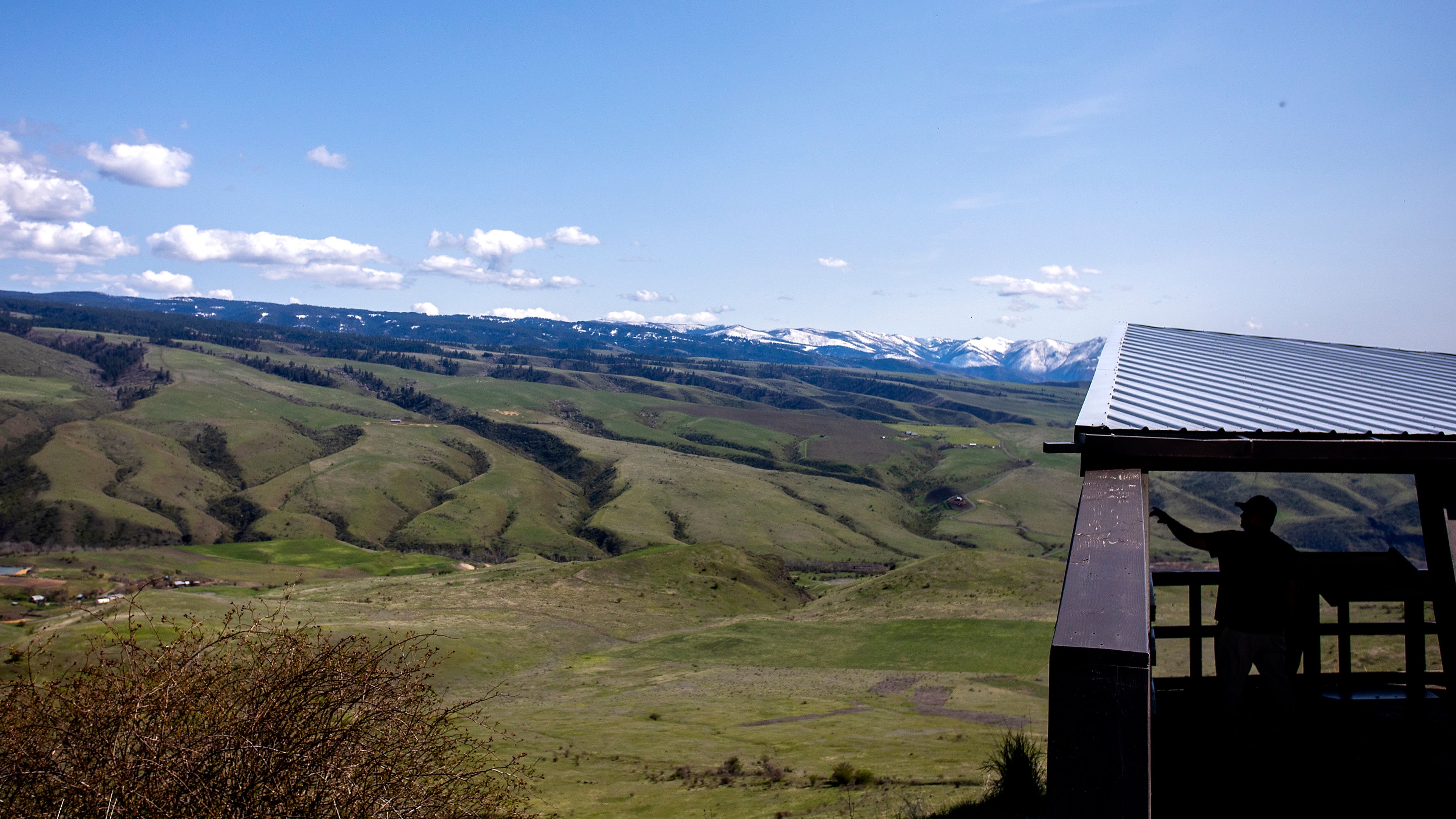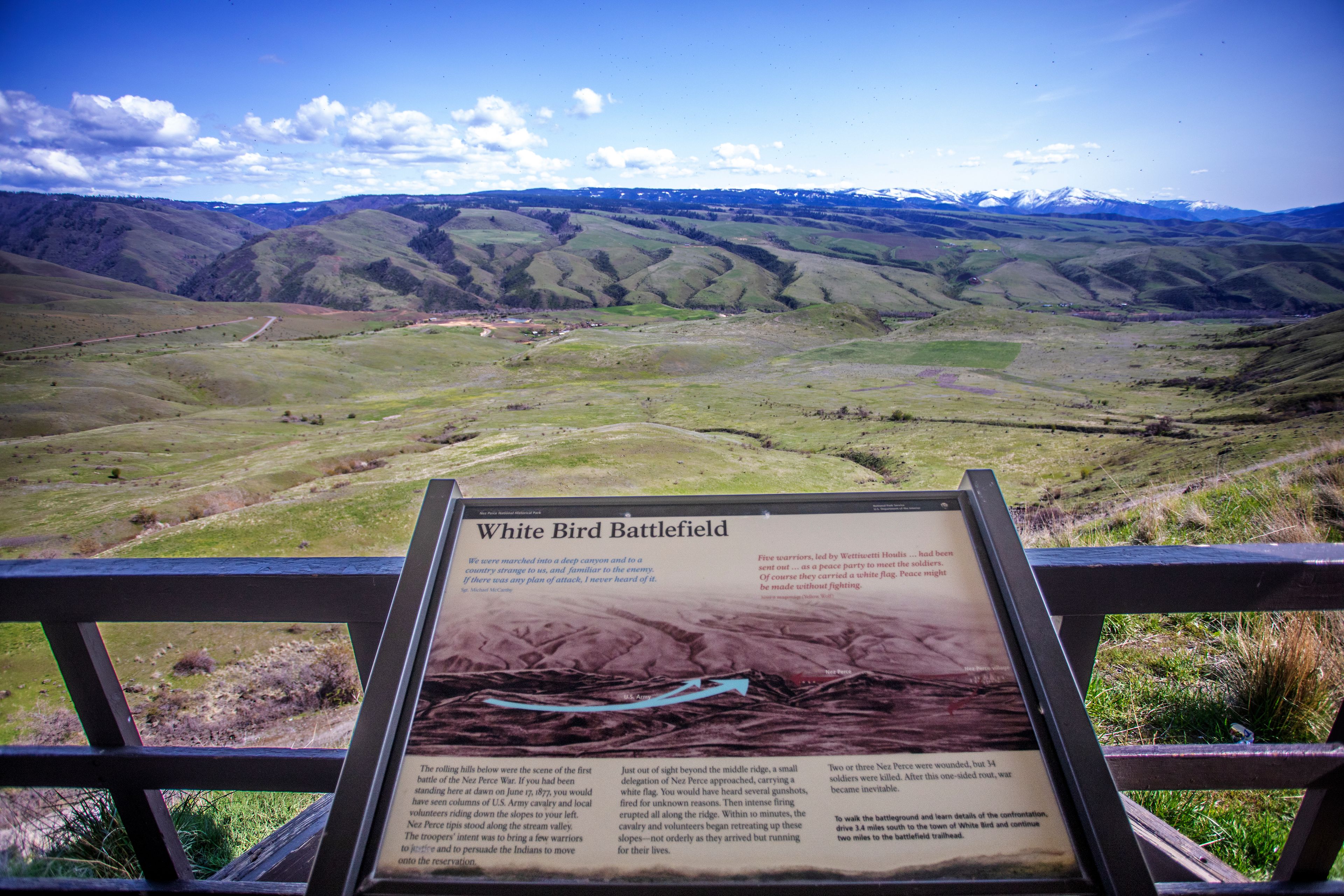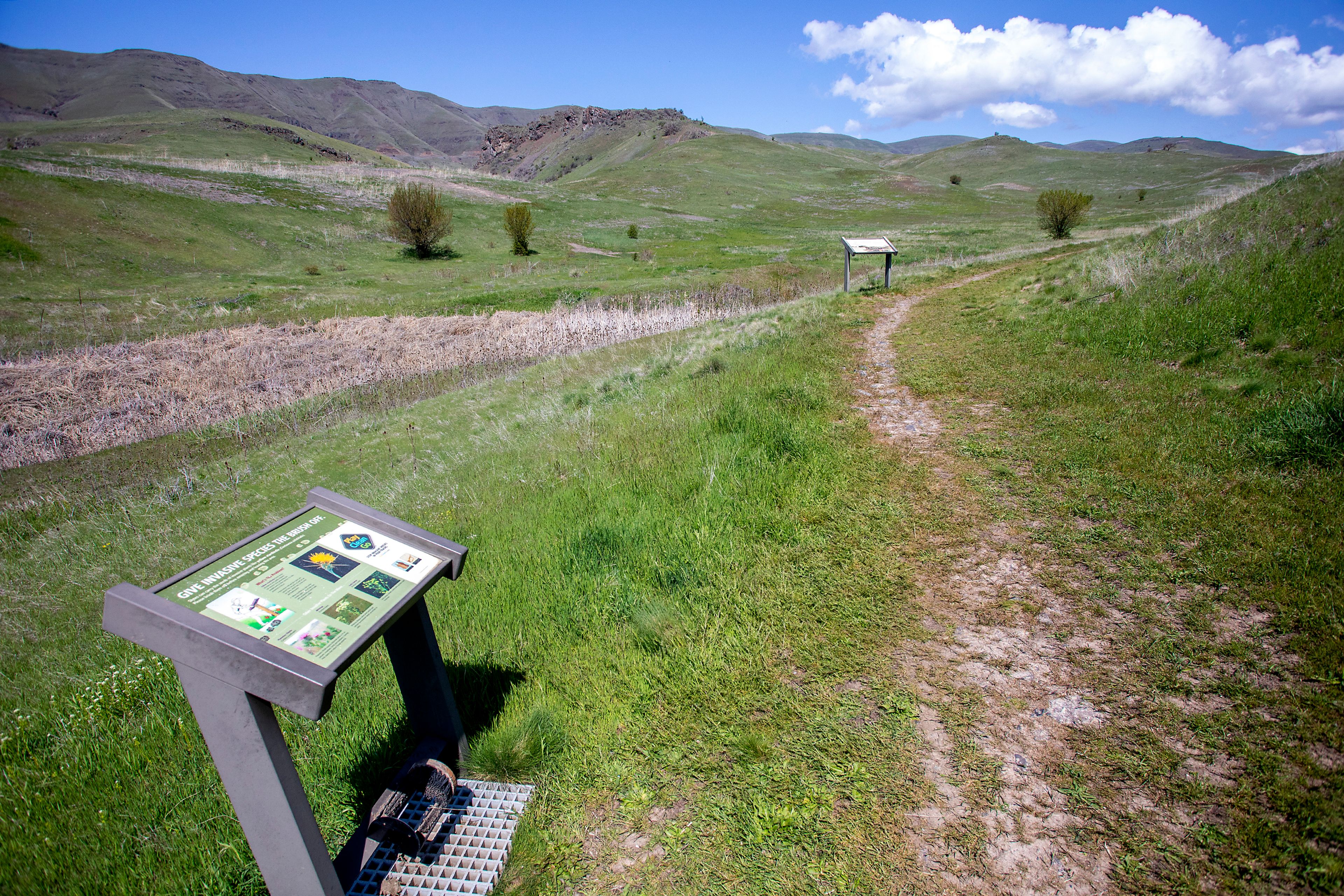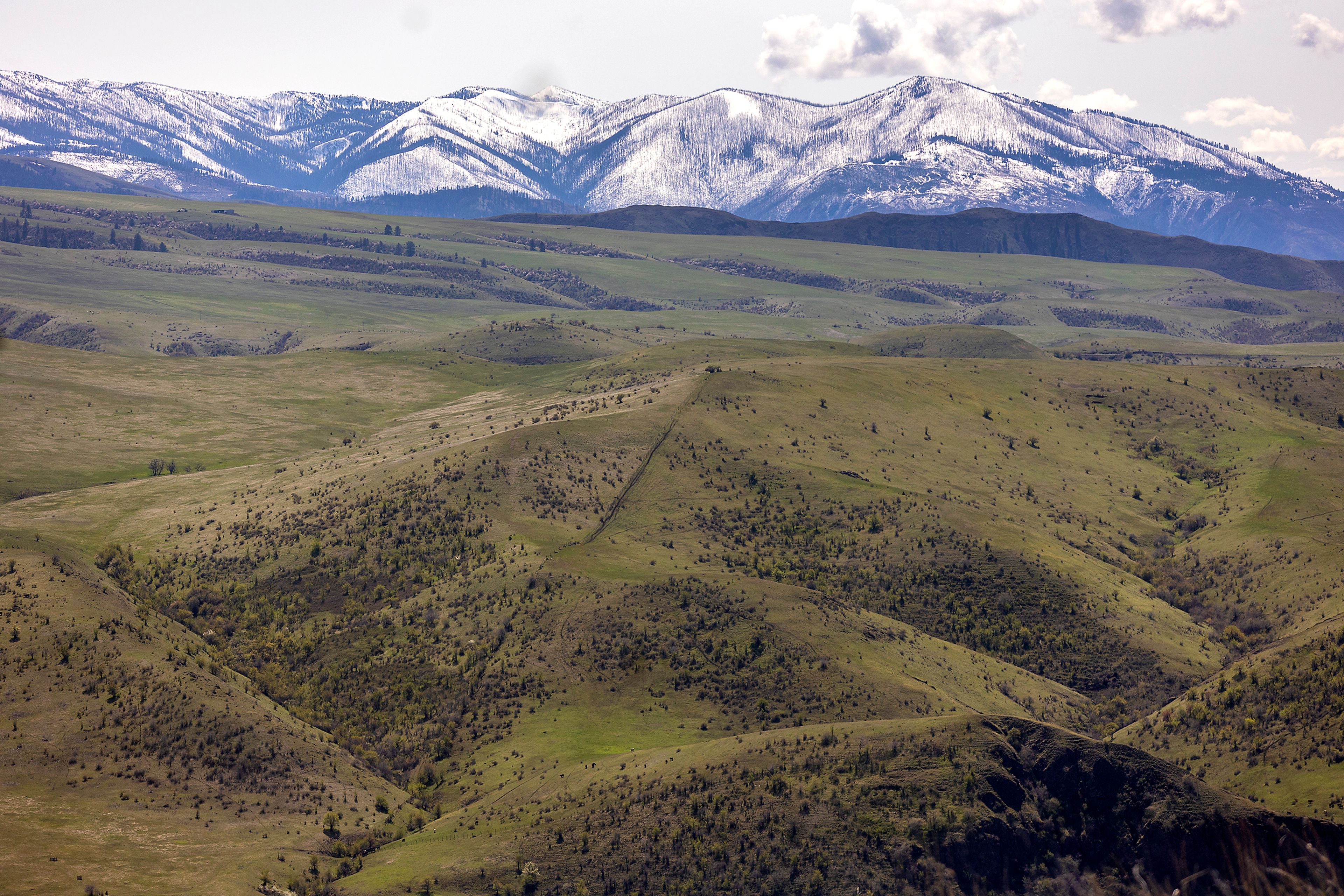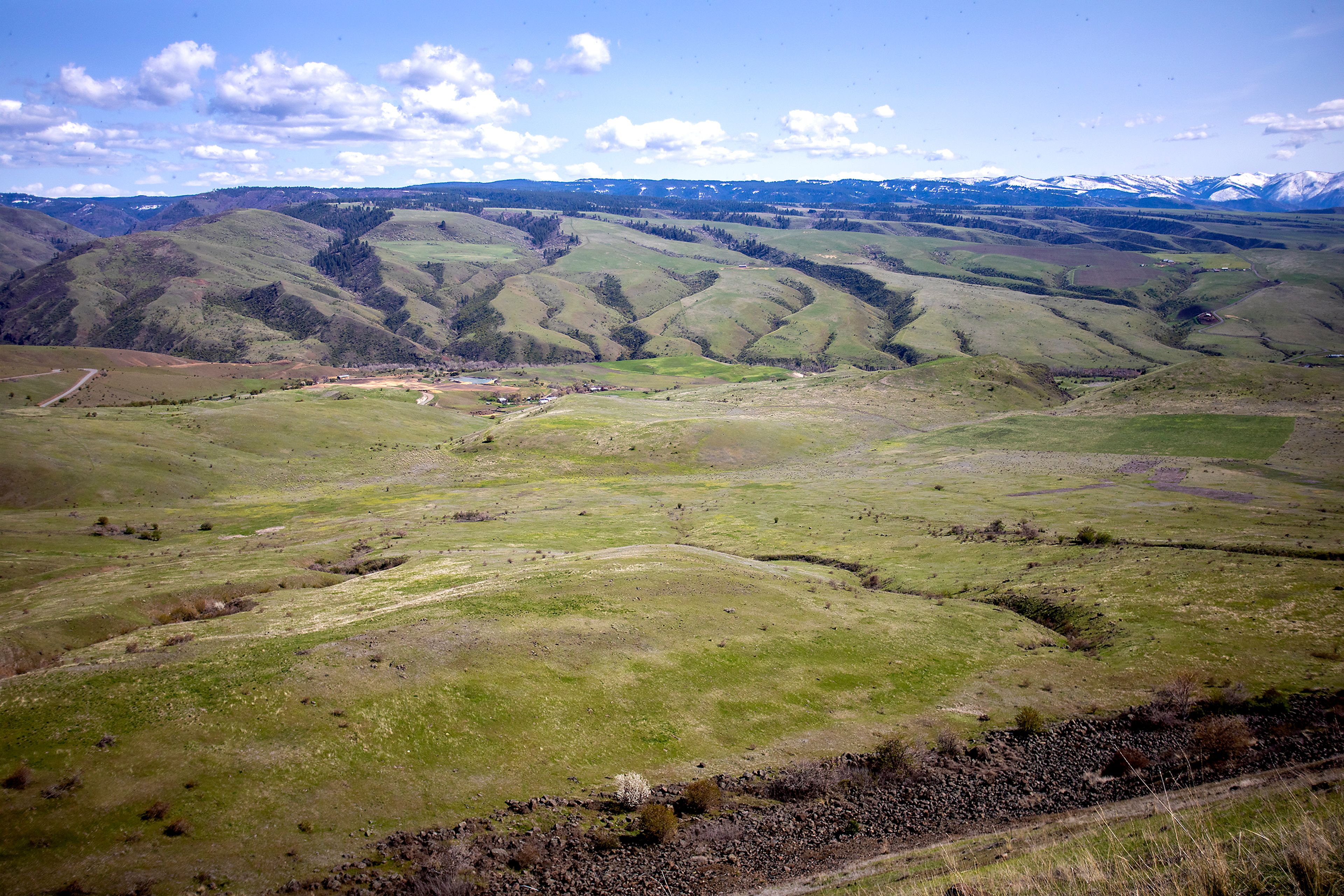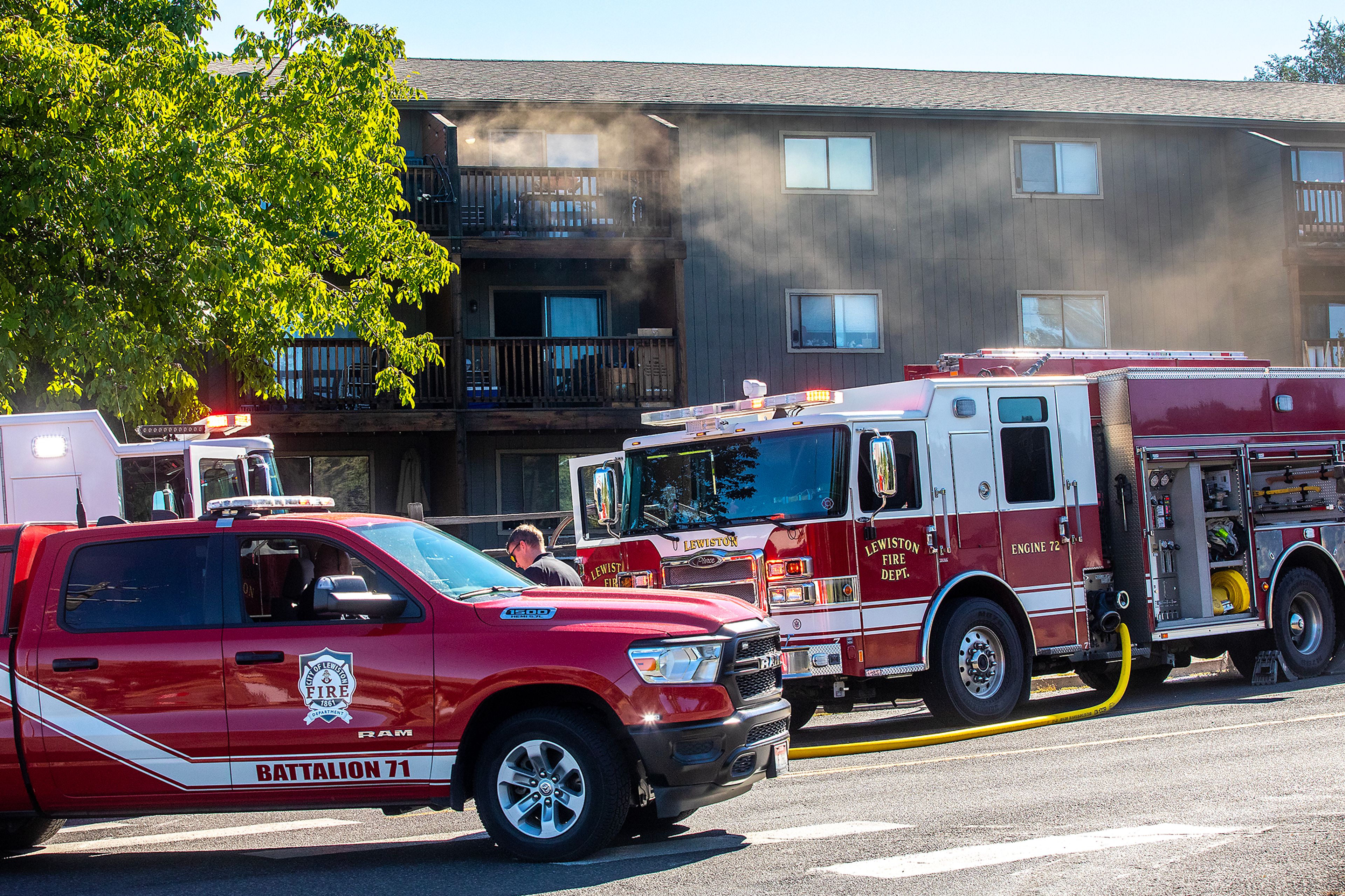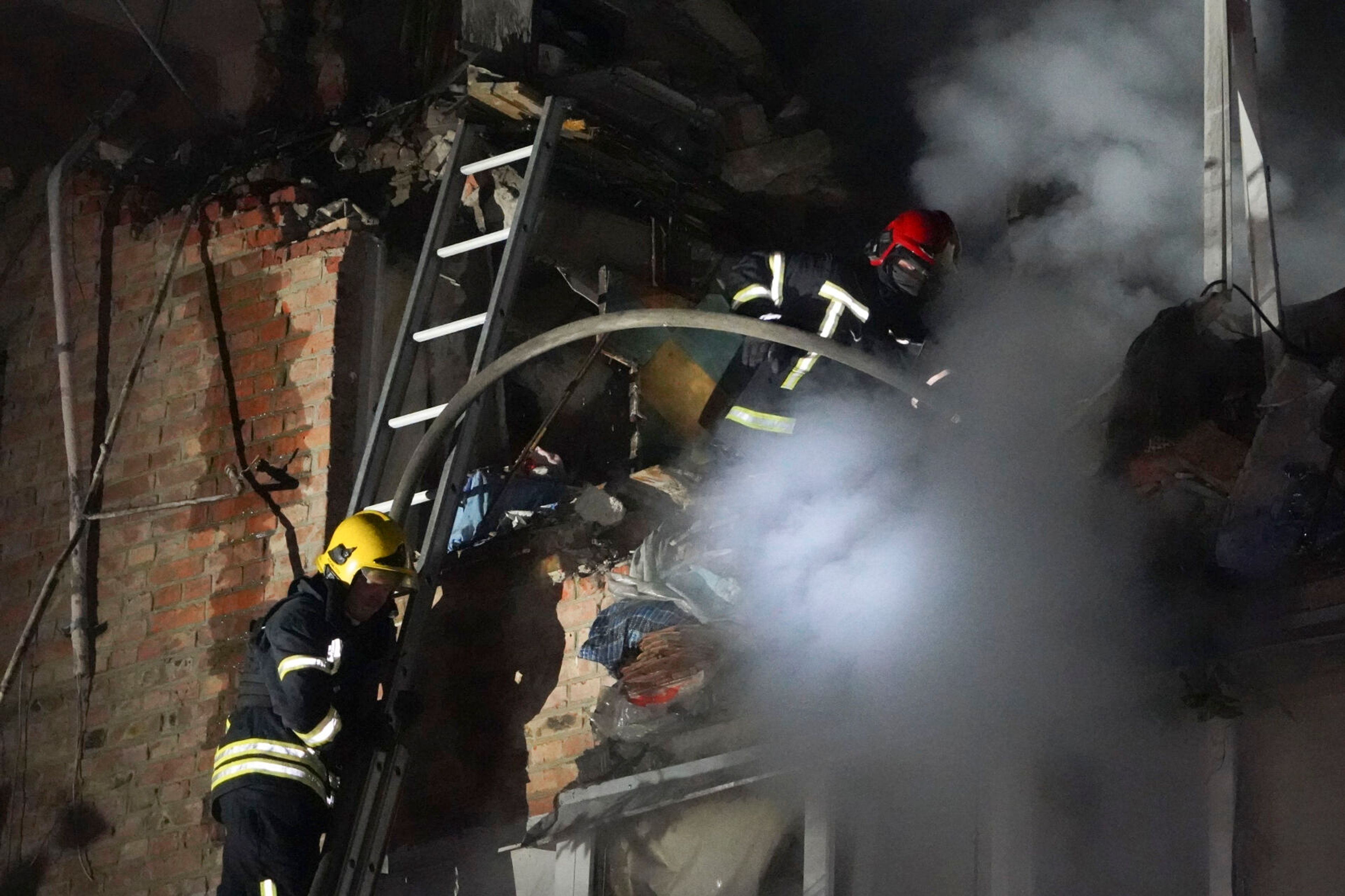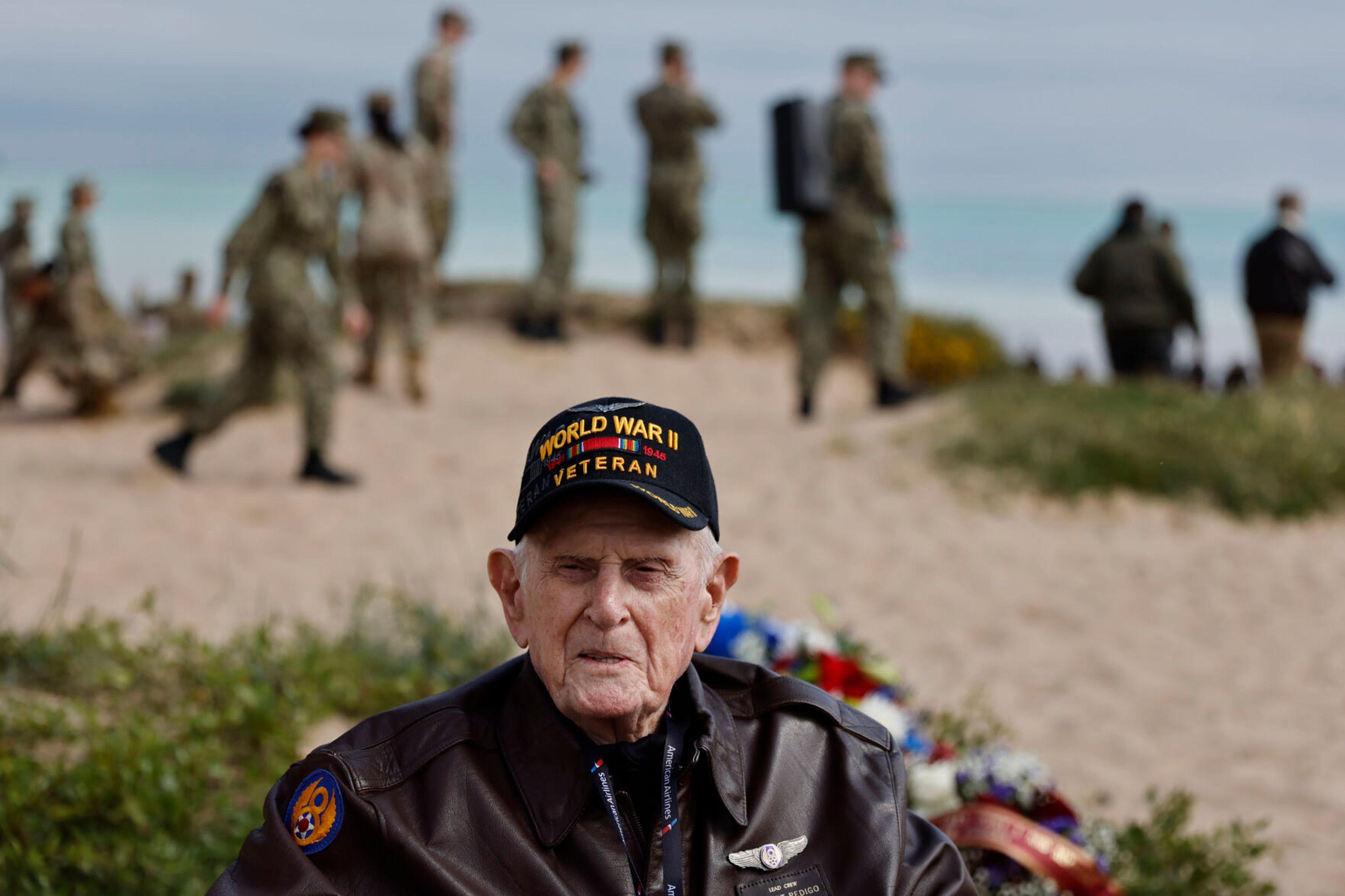This story originally appeared in our Daytripping section on May 19, 2022.
On a drive not far from the Camas Prairie lies the White Bird Battlefield, a site that appeals to lovers of history and scenery.
Cruising down the steep White Bird grade of U.S. Highway 95, travelers can see miles and miles of sagebrush, native grasses and the little town of White Bird at the bottom of the canyon.
For a more adventurous journey, try the Old U.S. Highway 95 grade, which can be reached by turning off the current highway near the top of the grade. After the old grade was constructed in 1915, it was part of the only north-south highway in Idaho, connecting Lewiston and many northern cities to southern towns for 60 years.
The drive on the old highway isn’t for the faint-hearted, with many loops, curves and lack of side railings. Putting together its many twists and turns, the pavement could make 37 complete circles, climbing 2,900 feet in 14 miles.
Located 15 minutes south of Grangeville, White Bird Battlefield sits at the bottom of White Bird Canyon. A part of the Nez Perce National Historical Park’s 38 sites, the historical site offers a view into the past.
There are two spots to view the battlefield. You can get a bird’s-eye view of the meadow from an overlook just off the current highway, or immerse fully at the bottom of the canyon, where you can hike around and view the landscape through the eyes of someone in 1877, fighting to keep their homeland.
Looking over the hills and valleys on the White Bird grade, many wouldn’t know the rich history these groves and mounds remember.
The hills below the overlook shelter are where the first battle of the Nez Perce War transpired, at dawn on June 17, 1877. The valley was once a part of the 17-million-acre homeland the Nez Perce Tribe lived on for thousands of years. With other uses in mind for the land, the American homesteaders saw it as an opportunity for mining, farming and logging.
In 1855, a treaty was signed designating only a portion of the original land as a reservation. After gold was found on the land, the Treaty of 1863 reduced the size of the reservation by 90%. Many Nez Perce people did not understand the terms of the “Steal Treaty” and refused to leave their homeland. That’s what led to the conflict at White Bird between the U.S. Cavalry, local volunteers and the Nez Perce Tribe.
Groups of U.S. Army Cavalry and volunteers formed on the left side of the valley. The forces rode down the slopes, and along the stream beyond the middle ridges stood the Nez Perce. Approaching the cavalry with a white flag in hand, a small delegation of Nez Perce people saluted. The cavalry wanted to convince the Native Americans to move onto the reservation, but the Nez Perce held their ground.
Shots began to fire, erupting throughout the valley. In 10 minutes, the cavalry and volunteers began to retreat up the hills, running for their lives. Two or three Nez Perce people were wounded, and 34 soldiers were killed.
Scattered across the meadow lay army guns and ammunition. Winning the fight, the Nez Perce packed up their camp and embarked on a treacherous journey. Although they had been victorious, they knew the U.S. Army would have a massive response to the battle.
War was inevitable, and after the battle took place, the Nez Perce War began. n
White Bird Battlefield
LOCATION: Driving down U.S. Highway 95, 15 minutes south of Grangeville, peer out of your left-hand window. White Bird Battlefield is located on the White Bird grade, at the bottom of the canyon. Keep an eye out on the side of the road for the overlook shelter, where parking will be provided and many panels about the battlefield will be available to view. To visit the trailhead, continue driving south from the overlook and turn left on White Bird Road, then right on River Road and drive until you reach the marked area.
WHAT YOU’LL DO: At the overlook, read about the history of the 1877 White Bird Battle. At the trailhead below, explore the bottom of White Bird Canyon.
DIFFICULTY: 1 to 2 out of 5
DON’T FORGET: Sunscreen, hiking shoes, sun hat, water and a camera.
NEARBY SITES OF INTEREST: Nez Perce National Historical Park visitor center in Spalding.
